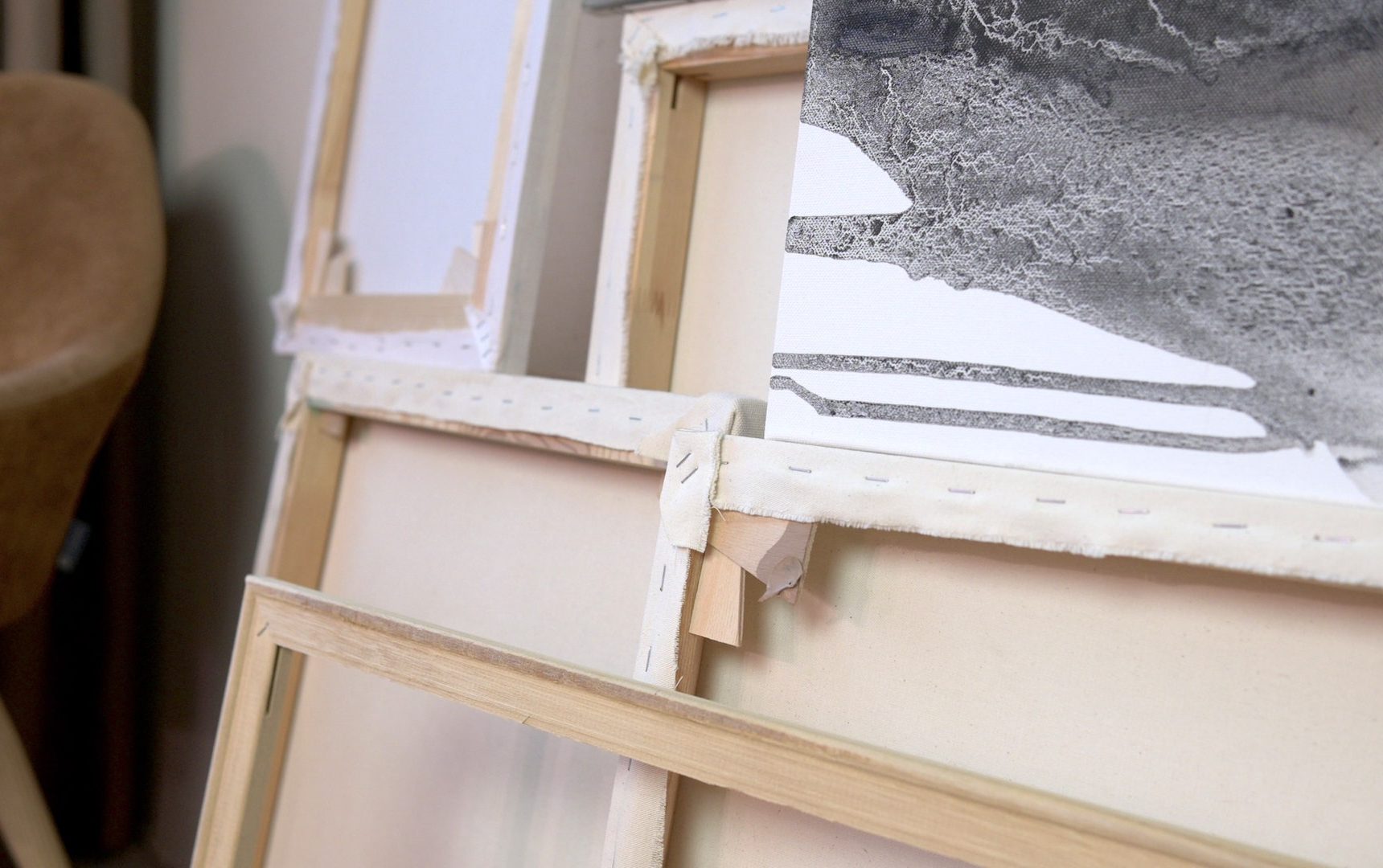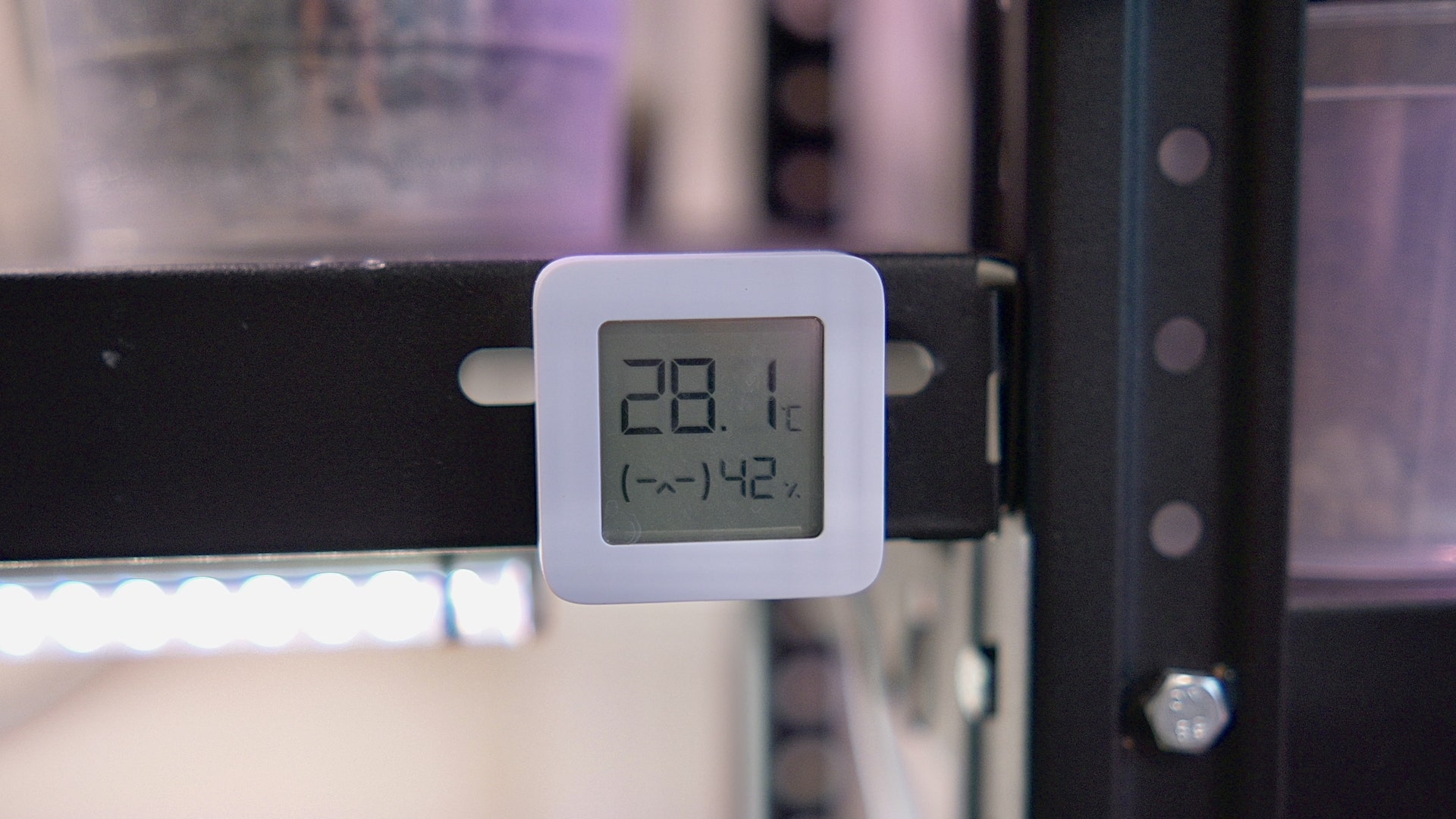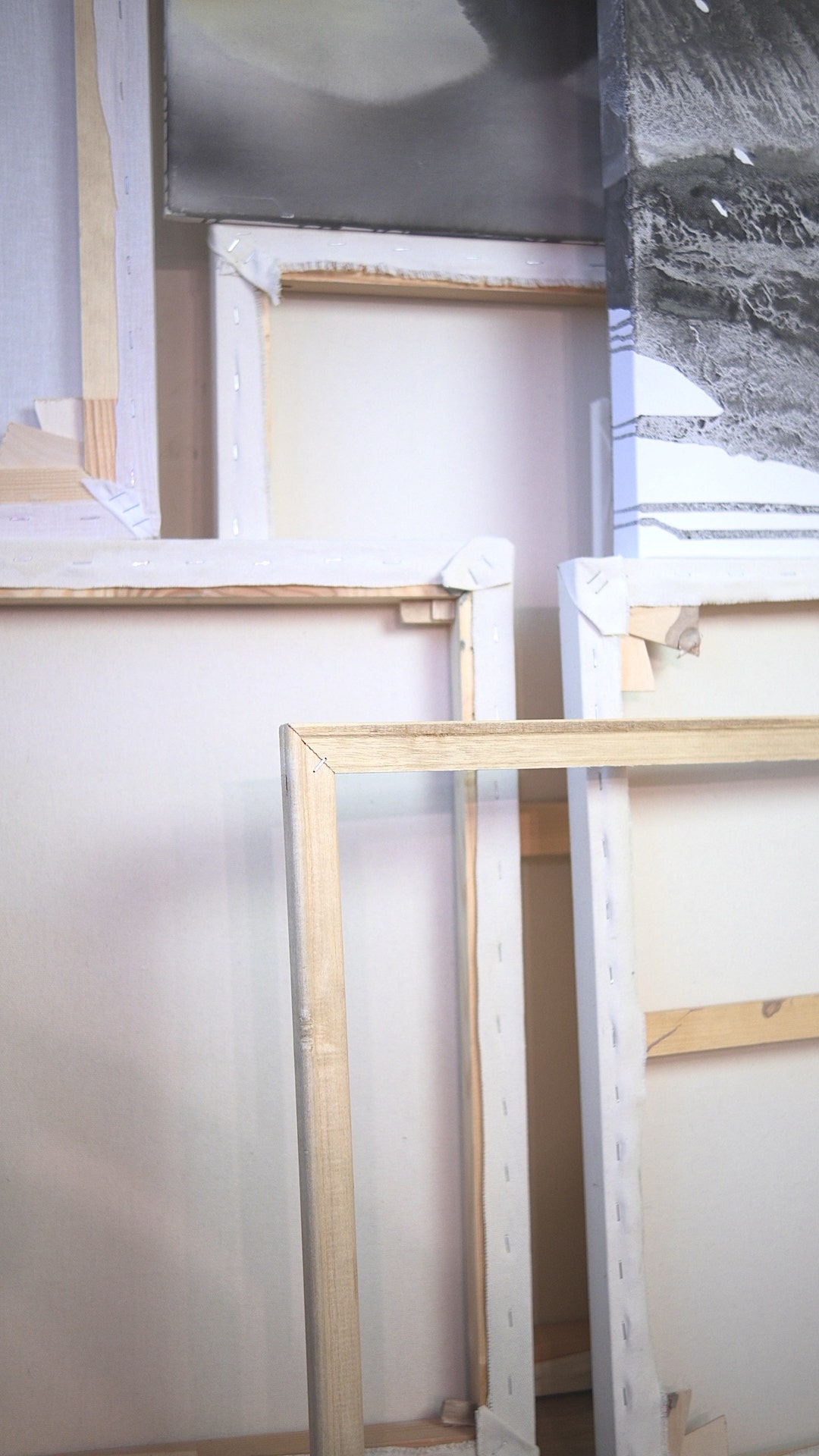What's the difference between strainer and stretcher?
Among the various considerations when selecting a canvas, the type of support structure, particularly whether it utilizes strainer bars or stretcher bars, is paramount. In this article, I delve into the differences between strainer and stretcher, exploring their respective characteristics, functions, and suitability for different artistic applications.
Strainer
Strainer bars, also known as strainers or support bars, are rigid wooden frames that provide a stable backing for the canvas surface. Unlike stretcher bars, which are designed to expand and contract to stretch the canvas tightly, strainer bars are fixed in size and do not allow for adjustments. This means this is one-piece frame with staples. They are usually sold in small formats and are used for sketching, as the rigid fixing of the slats makes it impossible to adjust the tension of the canvas if it sags due to any factors.

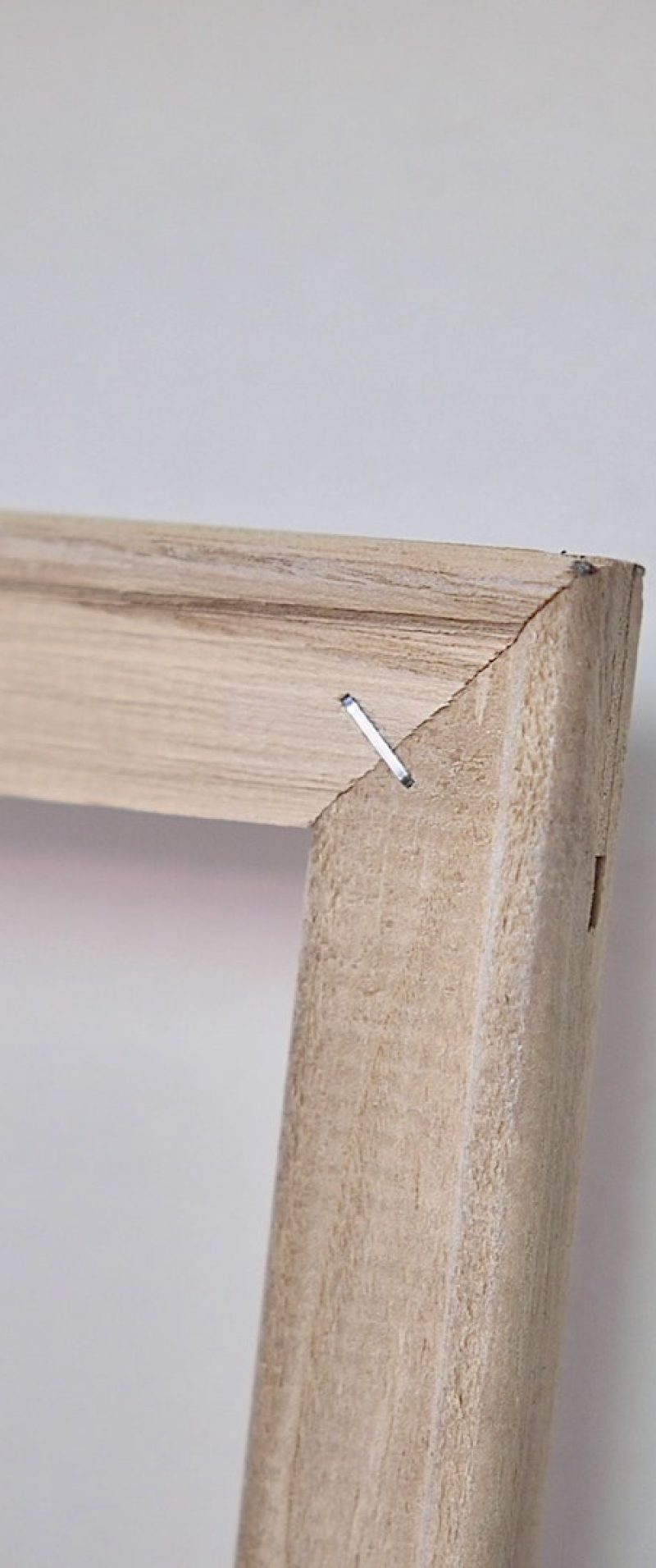
Stretcher
Stretcher bars, on the other hand, are designed specifically for stretching canvas tightly to create a smooth and taut painting surface. These bars consist of a set of interlocking wooden components that can be assembled and adjusted to accommodate different canvas sizes. Stretcher bars allow artists to stretch the canvas evenly and securely, ensuring that it remains tight and free of wrinkles or creases.
The stretcher is made up of individual bars, which are sold in two pieces of a certain size. The ends of the bars are bevelled and have grooves, which are used to connect the bars to each other. It is possible to make a subframe of any required format by selecting and connecting bars of the required size. To increase the strength of the frame, the cross bars are used.
These bars feature a grooved design along the inner edge, which allows for the insertion of wooden wedges or keys. When the wedges are inserted into the grooves and tapped gently with a hammer, they expand the stretcher bars, stretching the canvas tightly across the frame.
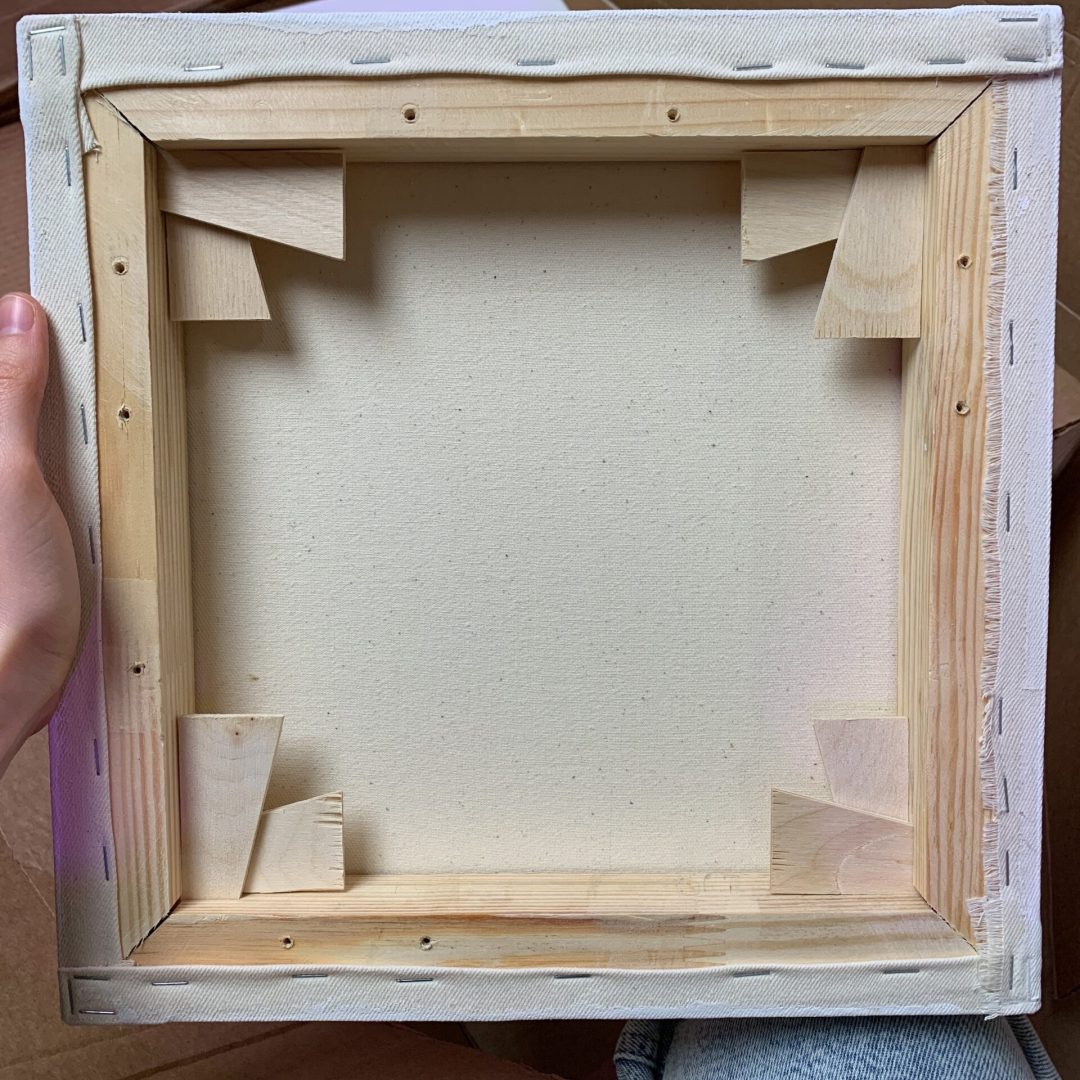
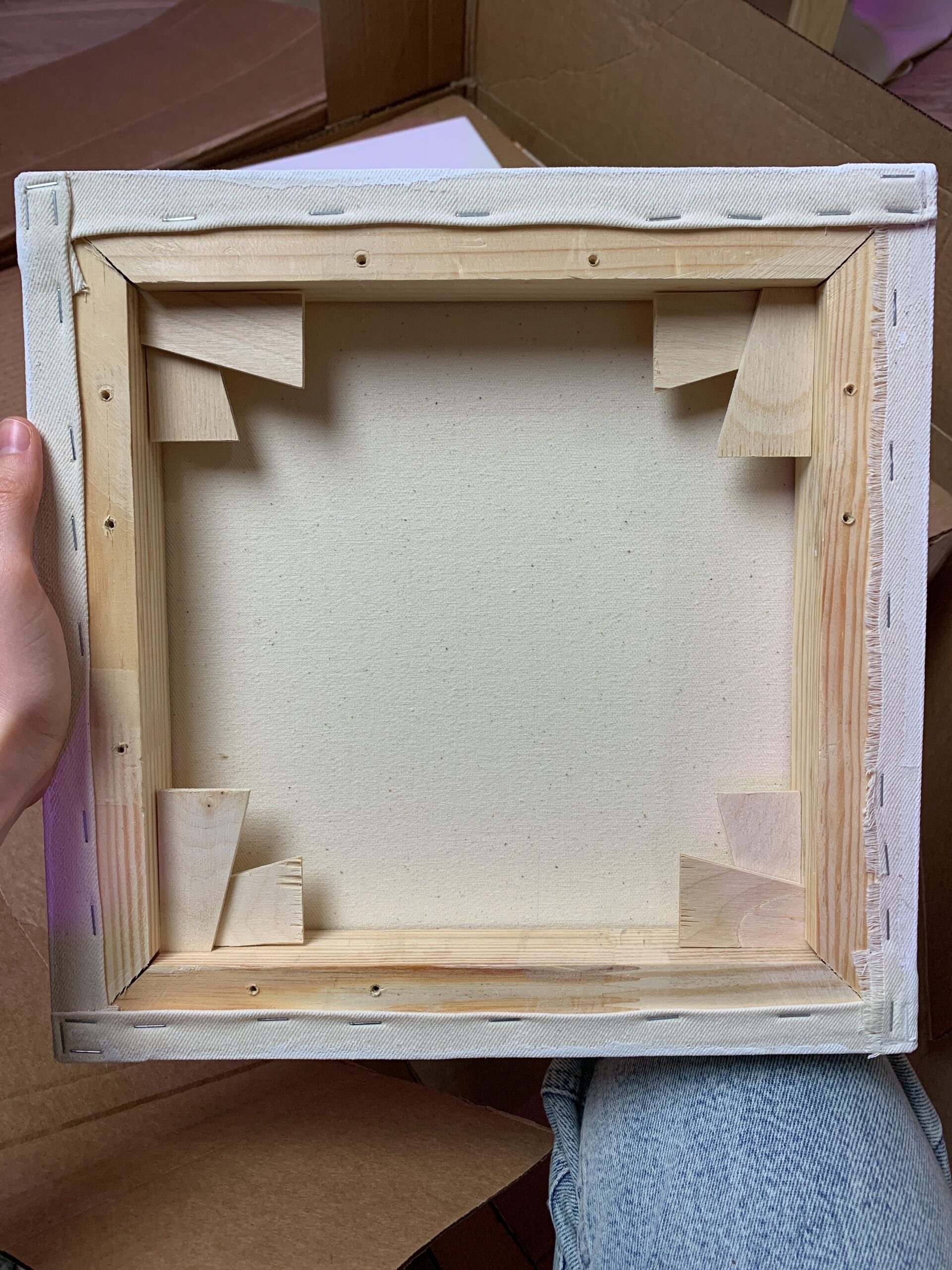
In summary, while both strainer bars and stretcher bars serve as support structures for canvas paintings, they differ significantly in their design, function, and suitability for different artistic applications. Strainer bars provide a rigid backing for artworks that do not require stretching, while stretcher bars allow artists to stretch canvas tightly to create a smooth and taut painting surface. By understanding the characteristics and functions of each type of bar, artists can make informed decisions when selecting a canvas support structure that best suits their artistic vision and preferences.
You might also like
Courses
Unlock your creative potential today
Discover the joy of creative expression and explore the possibilities of different materials and surfaces with my online courses.
From mastering techniques to tapping into your inner vision, you’ll create beautiful, unique pieces that thanks to new knowledge, will more accurately reflect your personal style and creativity.
